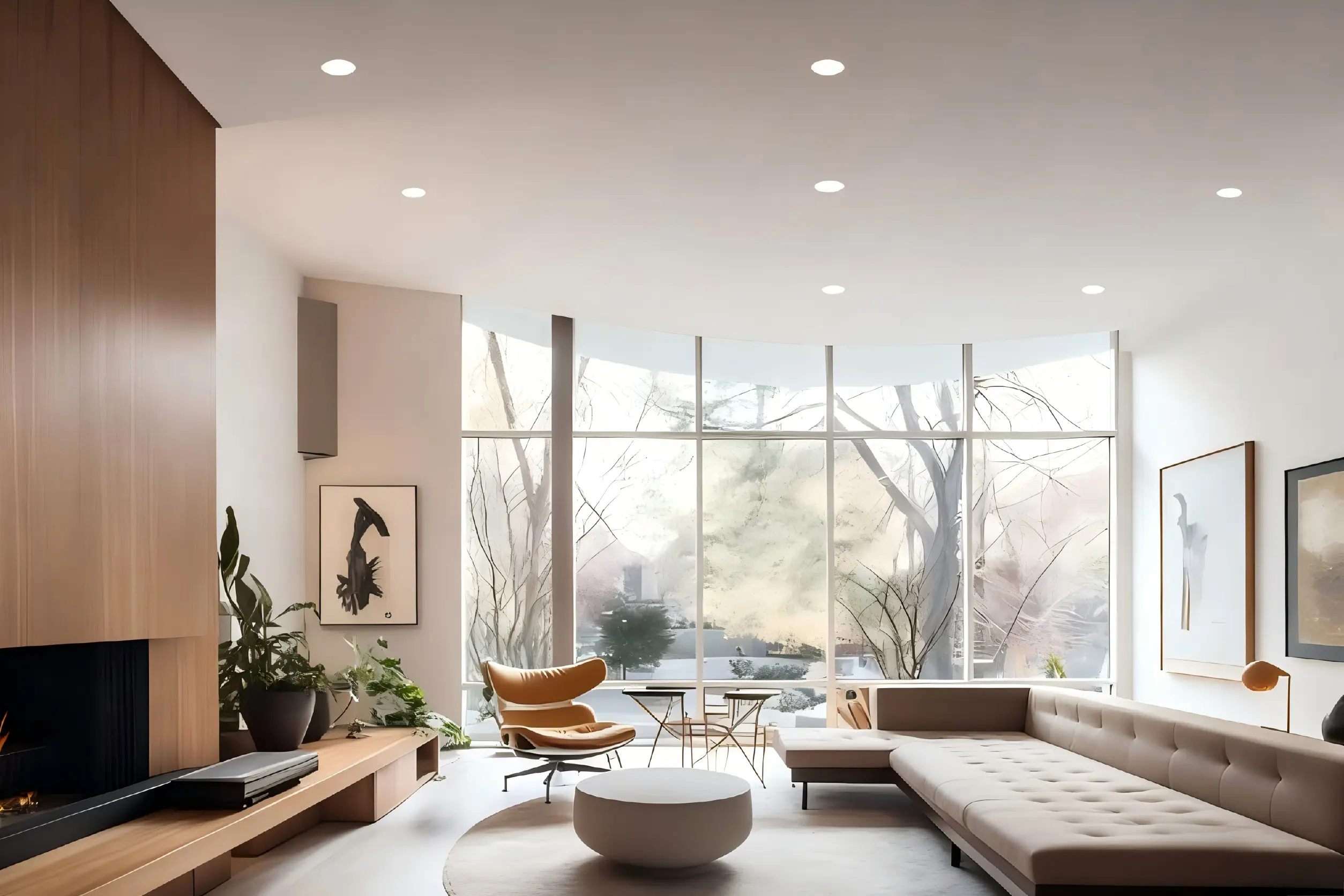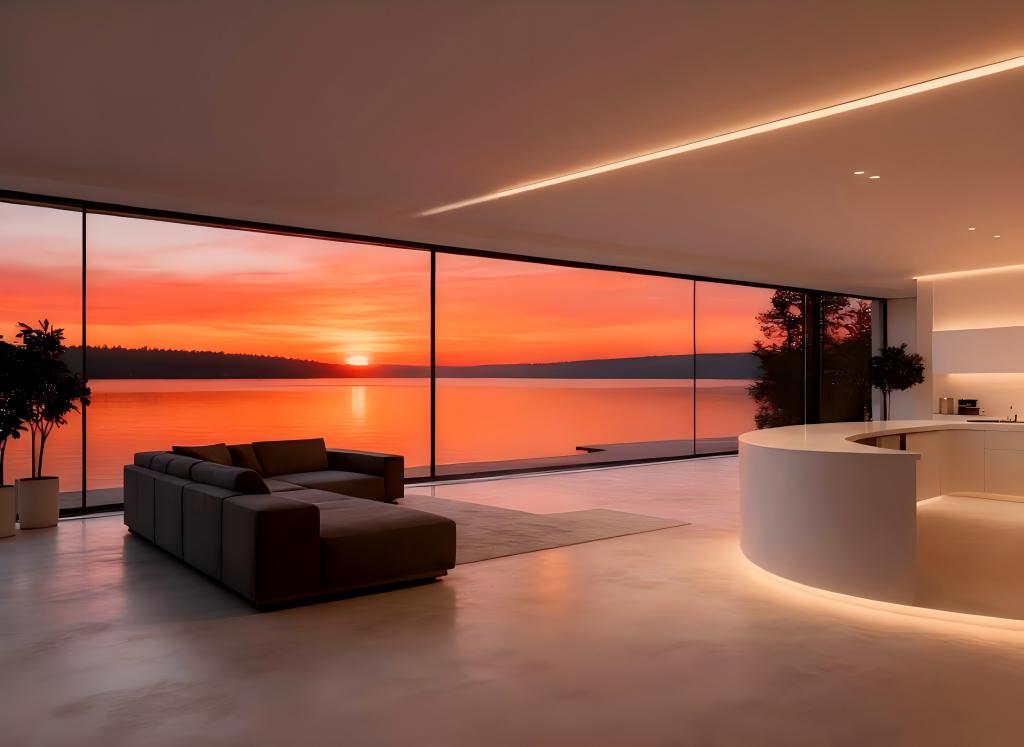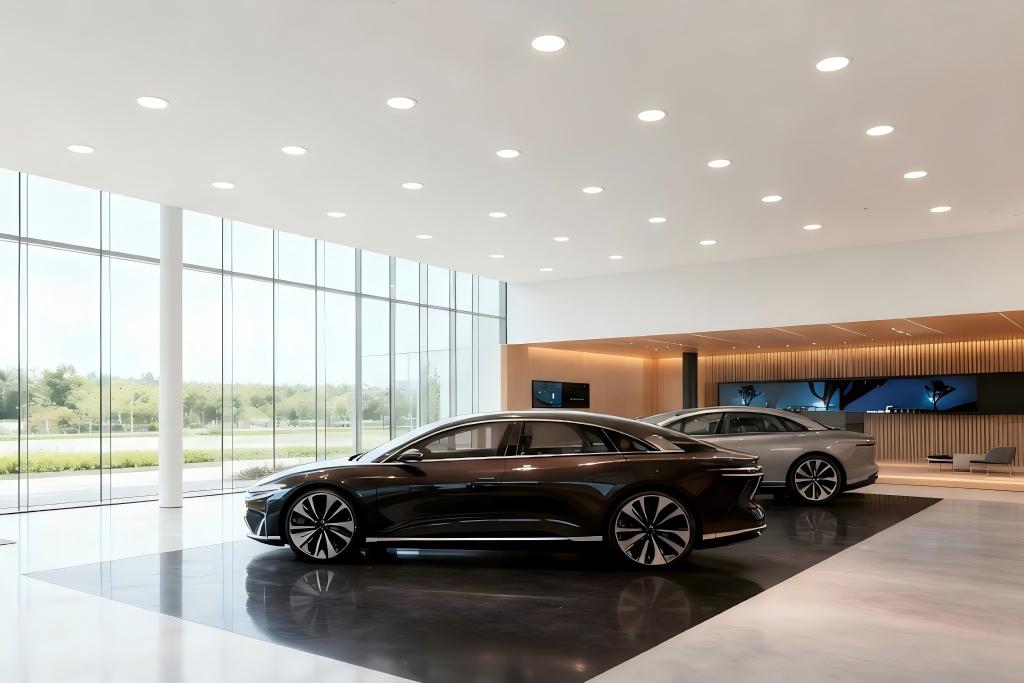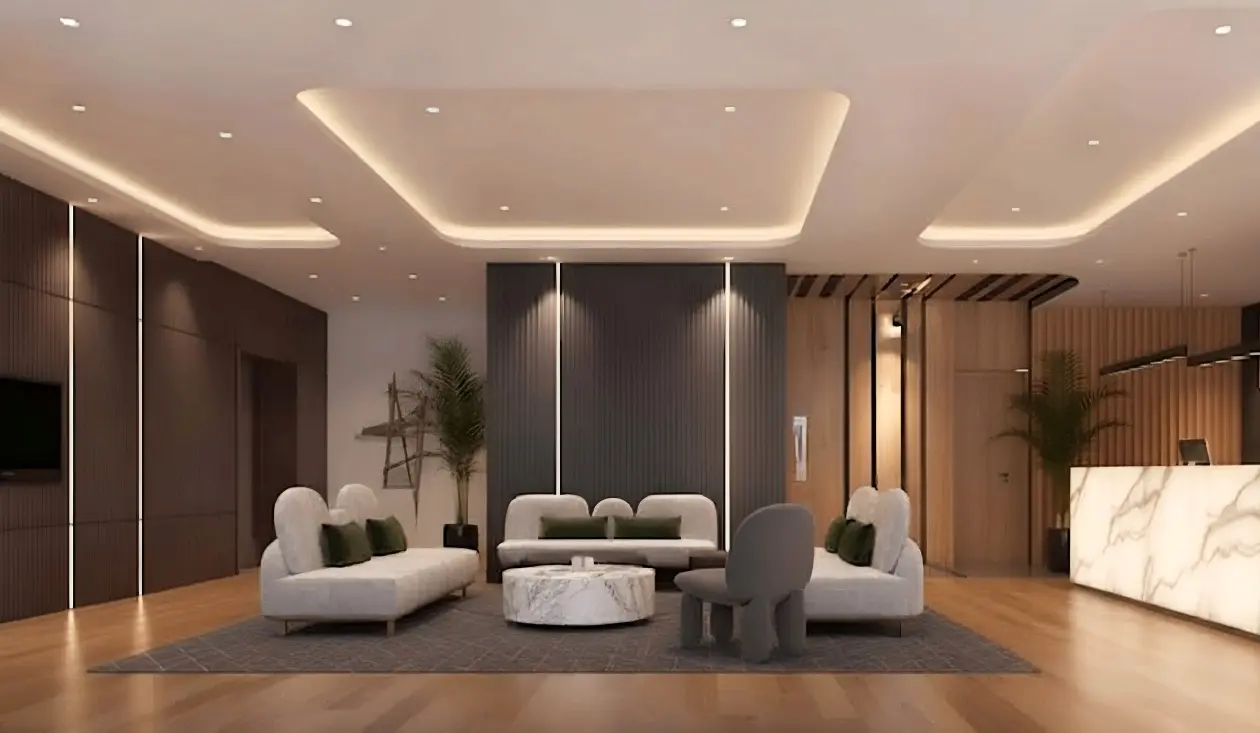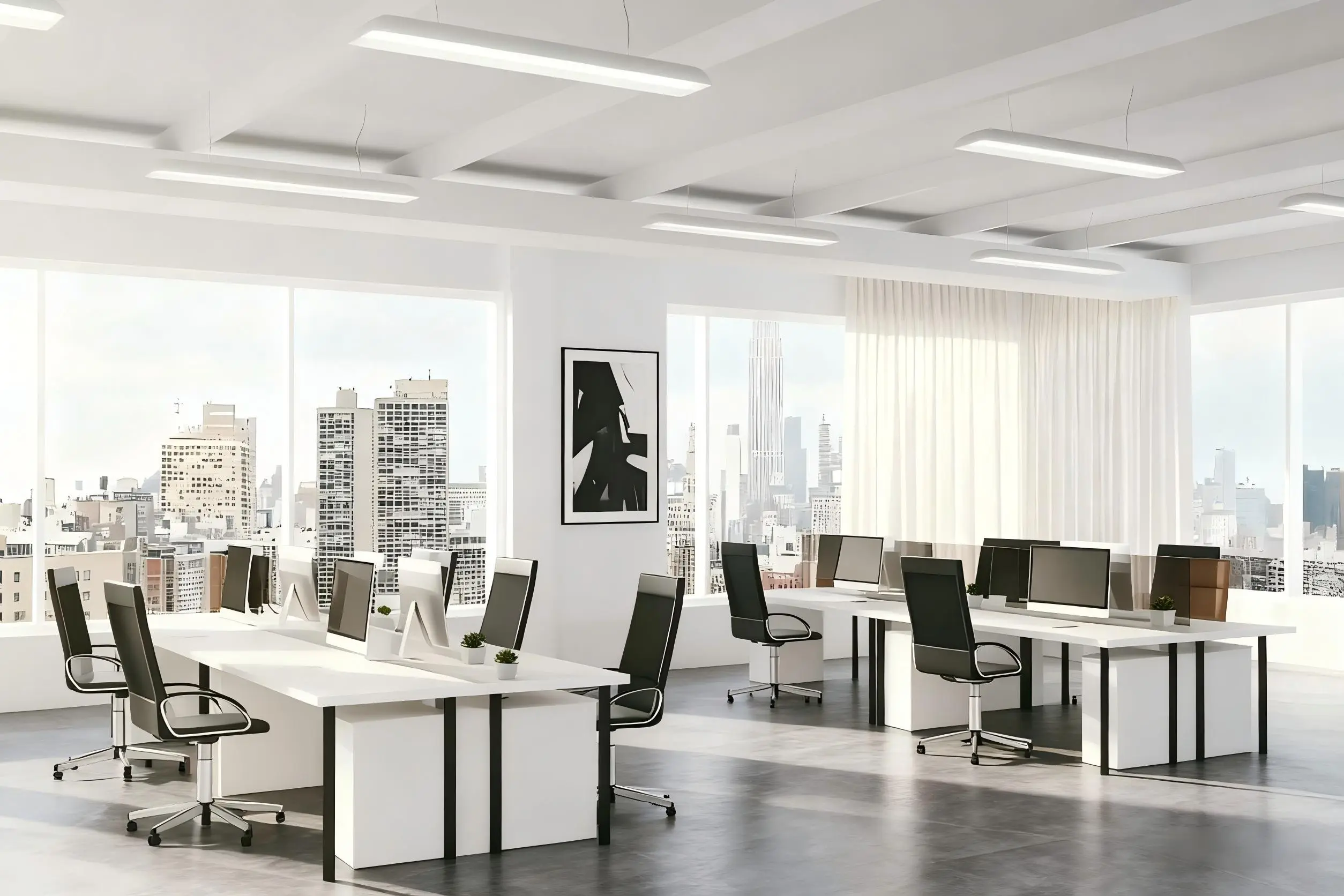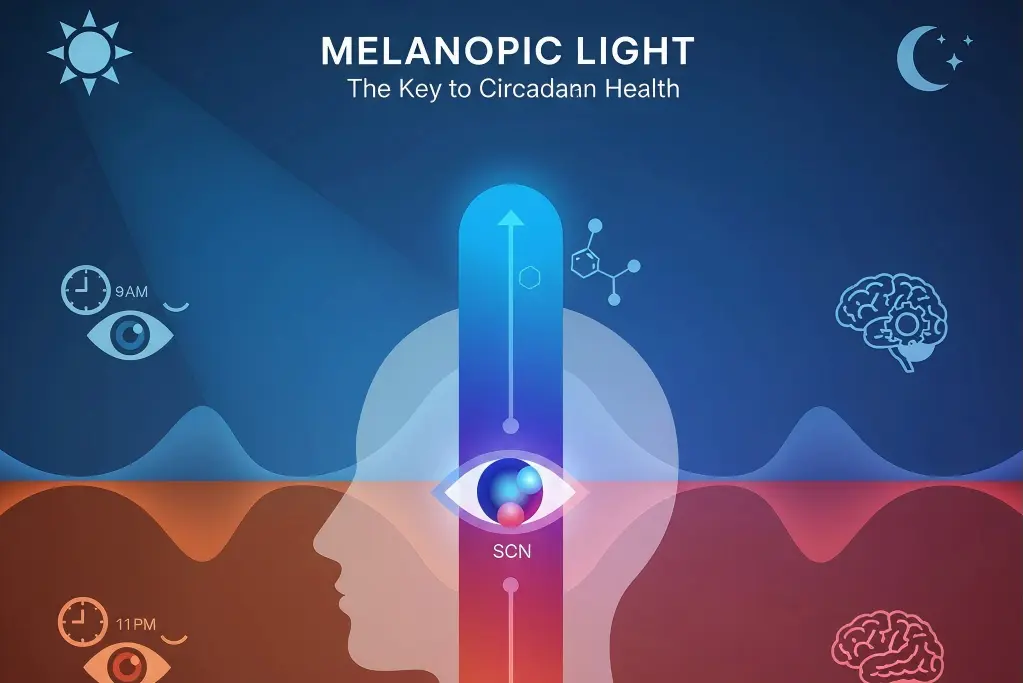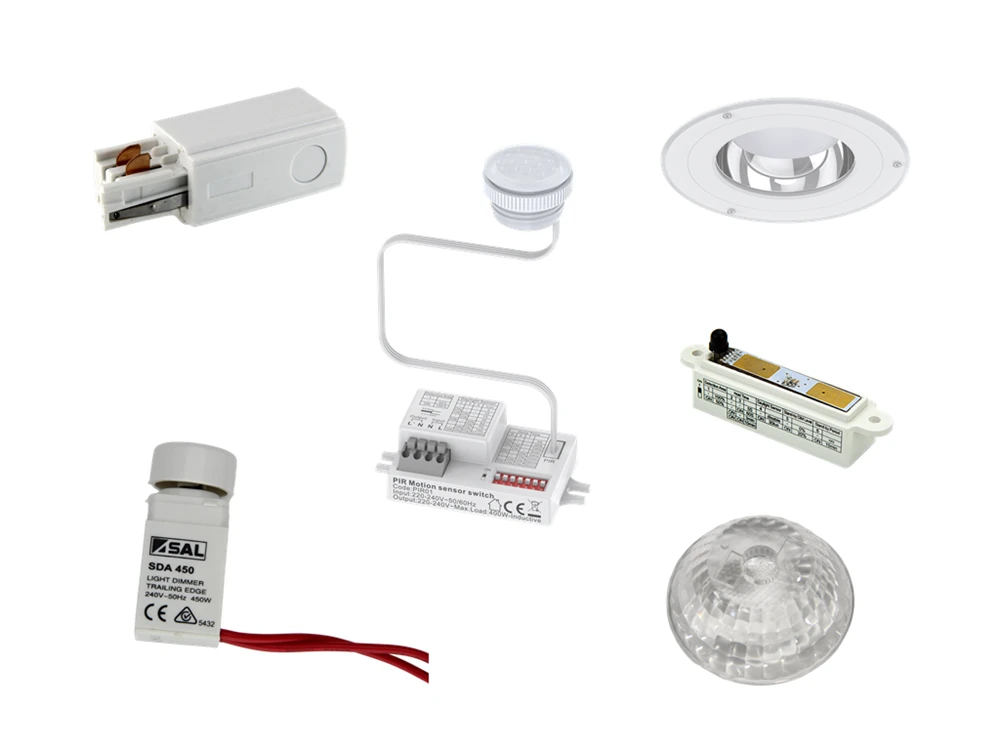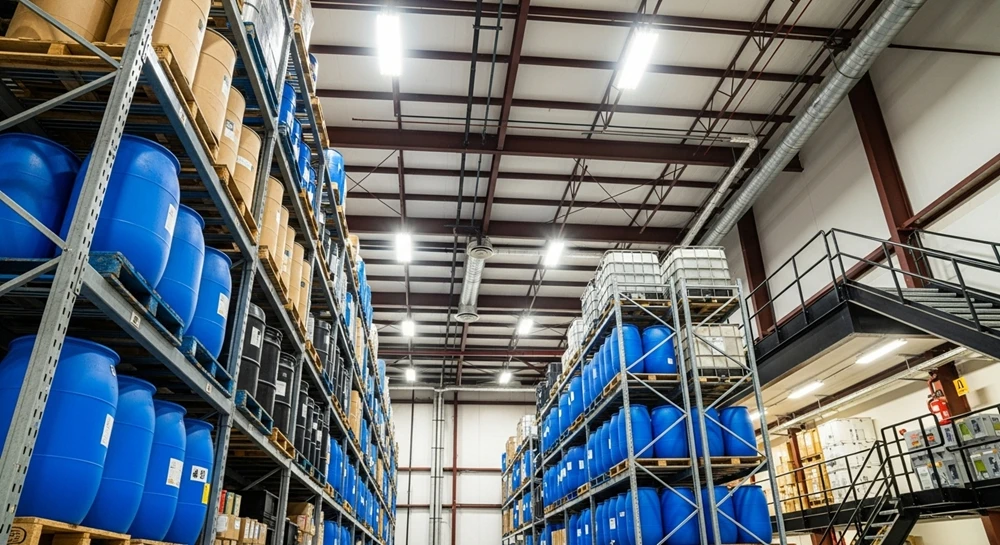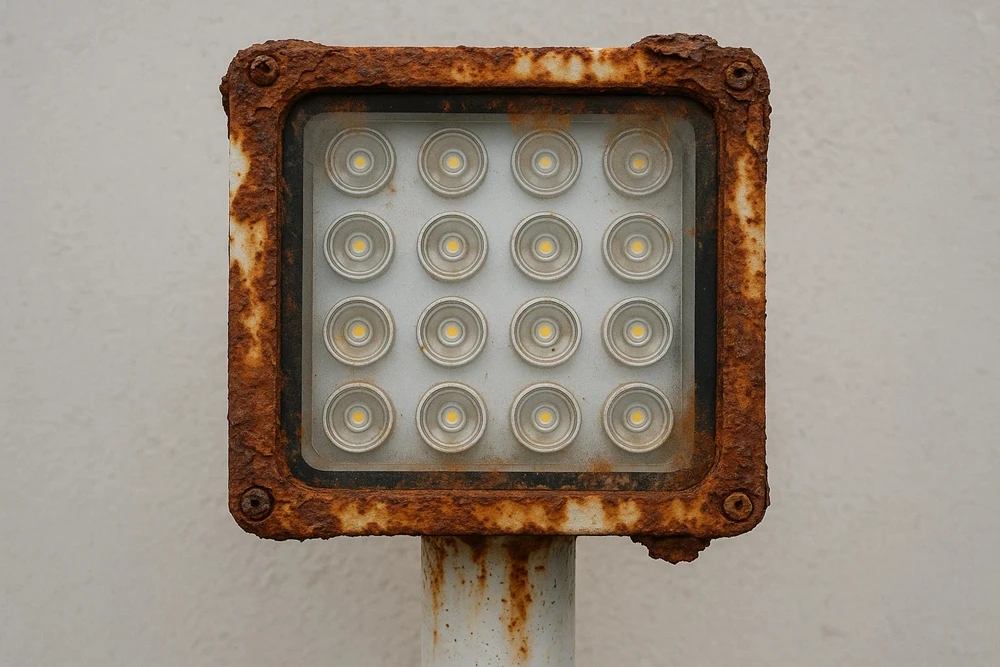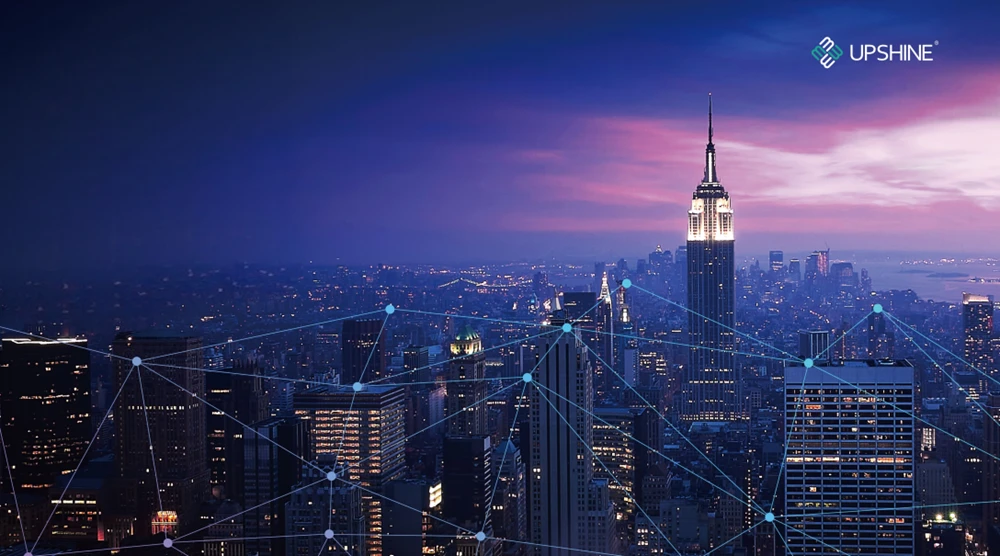
The importance of sustainable lighting solutions
“Carbon footprint” is a hot and popular phrase in recent years, which is to reduce the total amount of greenhouse that is generated by our actions. Carbon footprint exists everywhere, for example, in all the cars and trucks that we drive, the machine tools we use, and the LED lighting fixtures we apply for lighting. All the material that made for those things related to emission load. Lighting fixtures as we daily used everywhere all over the world, and their emission load is larger than you can imagine, so producing them with green material is necessary. Many governments in different countries strongly encourage lighting enterprises to optimize production processes and optimize emissions, and only sustainable lighting is the best solution for that.
Benefits of LED technology in terms of energy efficiency and longevity
Choose LED as a sustainable lighting solution, but not incandescent lights or fluorescent lamps, because of its long lifespan, high efficiency, and energy saving most LED energy is used to solely create light, rather than creating light and heat. Combine high technology with new energy materials ( Post-Consumer Recycled plastic ) is a win-win situation
What are PCR materials?
PCR is a kind of recycled material obtained from various sources, such as plastic bottles, packaging, and other items that have fulfilled their initial purpose and are ready to be repurposed, it resonates with environmental, economic, and social considerations. Post-consumer recycled materials are increasingly being used in the production of LED luminaires, as the lighting industry aims to reduce its environmental impact and promote sustainability.
Are PCR materials multiple utilized in LED luminaire production?
PCR plastics can be used to manufacture many component parts of LED lights.
First, for the housing and enclosures, recycled plastics are obtained from various sources, including discarded electronics, appliances, and other post-consumer products. Using PCR plastics reduces the need for virgin materials and helps divert waste from landfills.
Second reflectors and optics, such as lenses and diffusers, are essential for directing and distributing light from LED sources. These can be injection-molded or extruded using PCR material, proving a cost-effective and environmentally friendly solution.
The third is for heat sinks and thermal management that are made of recycled aluminum or other metals, which are used to dissipate heat generated by LEDs, ensuring optimal performance and longevity
Fourth is the printed circuit board, which can be incorporated into the production of PCBs used in LED drivers and control circuitry. It is essential for powering and controlling the LEDs in luminaires.
The fifth also as the key step is the packaging. Recycled cardboard, paper, and plastics can be used for packaging and shipping materials, reducing the overall environmental impact of the product lifecycle.
When using PCR materials in LED luminaire production, it's important to ensure that the recycled materials meet the necessary performance, safety, and quality standards. Manufacturers may need to perform extensive testing and certification processes to guarantee the reliability and durability of their products.
Additionally, the use of PCR materials can contribute to circular economy principles by closing the loop and reducing waste generation. As the demand for sustainable lighting solutions continues to grow, the incorporation of PCR materials in LED luminaire production is expected to become increasingly prevalent.
PCR materials for innovative LED luminaire
Showcasing sustainable LED luminaire designs using PCR materials is an excellent way to demonstrate the lighting industry's commitment to environmental sustainability and circular economy principles. There are some popular ways like product displays and trade show exhibits, sustainability reports and marketing materials, product packaging and labeling, virtual or augmented reality reality experiences, participating in joint marketing campaigns or some things event, are the manufacturers showcase their sustainable LED luminaire design using PCR material.
#Applications in residential, commercial, and industrial settings
Residential
In residential homes, the decorative pendant lights and ceiling fixtures are made from recycled plastics, such as PCR polycarbonate or ABS, offering a unique and eco-friendly aesthetic. Outdoor path lighting and landscape luminaires with housings and enclosures constructed from PCR materials, provide durability and weather resistance. Table lamps and floor lamps with bases and shades made from recycled materials, combine sustainable design with functionality
Commercial
In commercial areas, office lighting fixtures, such as recessed downlights and troffers, incorporating PCR materials in the housing, reflectors, and diffusers, reduce the environmental impact of commercial spaces. As for the retail display lighting and track lighting systems utilizing PCR components, enhancing merchandise visibility while promoting sustainability. In addition, parking garage and area lighting luminaires are made from recycled metals and plastics, offering robust and energy-efficient solutions.
Industrial Settings
Sustainable LED lights applied in industrial areas, like high-bay and low-bay luminaires often installed in warehouses, they are designed with housings and heat sinks constructed from recycled aluminum or other metals, ensuring durability and thermal management. On the other hand, Industrial task lighting fixtures, such as machine lights and workstation lamps, feature PCR materials in their design, providing focused illumination in demanding environments.
#Future trend of PCR material for luminaires
The future of sustainable LED Lighting is a trend, and its advantages for protecting our earth's health are absolute.
PCR material technology integration of smart lighting controls and IoT for energy optimization can embrace a greener world.

